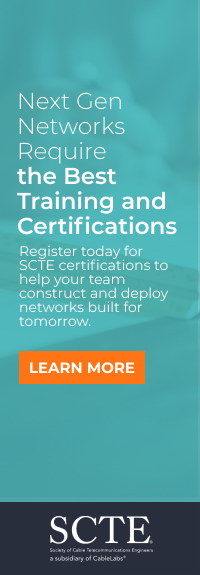The Challenges of Lunar Navigation
When these things were being developed, they followed more scientific and representative test regimens.
Navigating on the moon
The biggest challenges come when we answer the most significant questions on current and forthcoming lunar missions: why? Why are we going back to the moon? There are many answers to this question…- To create a permanent human presence on another celestial body
- To take advantage of the resources available
- As a stopping-off point in further exploration of the solar system and the galaxy
A lunar navigation system
A Lunar Navigation System (LNS) has been on the agenda for the world’s leading space agencies for some time now. There is cooperation between NASA, ESA (Europe), JAXA (Japan), and many others to design and build that infrastructure. In the first instance, this will consist of a small regional system of satellites operating around the moon’s south pole. This will serve as a proof of concept and enable early missions and activities on the moon’s surface. It is slated to use the relatively free S-band frequency and will conform to the agreed-upon LunaNet specification. But there are still key questions to answer here:Will the new LNS provide its own time source?
Time is different on the moon. For many years, our precise timing systems on Earth have been governed by the vibrations of atoms. Cesium atoms react to microwave radiation at a frequency of exactly 9,192,631,770 hertz – we call it a second, but that’s how it is measured. There are no elephants or Mississippis here; we’re talking gold standard. However, the different gravitational conditions on the moon mean that cesium atoms react more quickly. 9,192,631,770 cycles happen quicker than what we would call a second. Does the moon have to conform to our existing norms regarding time? The moon actually spins 27 times slower than Earth, so is a second, an hour, or a day even relevant there?What reference system will the LNS use for positioning?
We have come to take a position for granted. X marks the spot, or the blue marker marks you. But position is relative. The position your phone or car outputs is calculated relative to a (nearly) unanimously agreed-upon reference point: the centre of the Earth (Russia defines a different centre of the Earth to everyone else). This makes absolute sense on Earth. But it doesn’t make sense to use the centre of the Earth as your reference point on the moon – that will require agreement on a new, likely geocentric, reference point. Even when that problem is solved – in lunar transfer, at what point do you switch from earth-centric reference systems to lunar-centric? The same could be asked of time.How do we build something that will work on or around the moon?
The answer here is pretty simple: testing. But testing comes with its own challenges! When you get a new radio-controlled car or a new golf club, you take it outside and drive it or whack balls with it to see if it works. When these things were being developed, they followed more scientific and representative test regimens. When we talk about millions – or billions – of dollars' worth of infrastructure that will operate in an environment nothing like “outside,” this course of action isn’t just unscientific. It’s impossible.Testing requires precise and highly realistic simulation. There’s no room for error when sending the equipment 384,400 km into space, so the testing must be robust and representative. A simulation system has to be able to implement these new reference systems. It has to be able to control and generate GNSS signals at unfathomably low levels of power. It has to be able to implement the new LNS signals and apply them with the correct effects representing a different atmosphere, with different perturbations caused by various interactions with other celestial bodies.
JAXA recently announced its purchase of a Spirent simulation system to model and create this new navigation system and test the devices that will use it. The system combines power and flexibility with the expertise of Japan’s (and collaborating ESA and NASA) engineers. This simulation capability means we can and will move from plan to action. We are going back to the moon, and we are taking PNT with us.



















